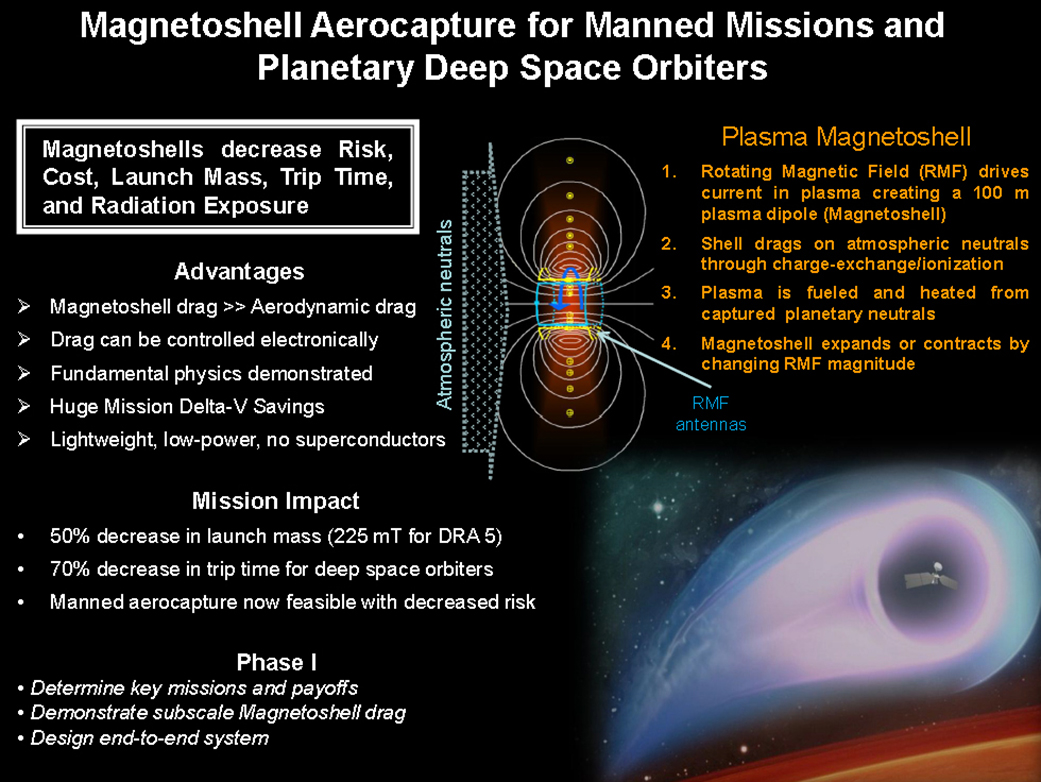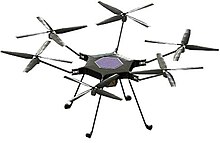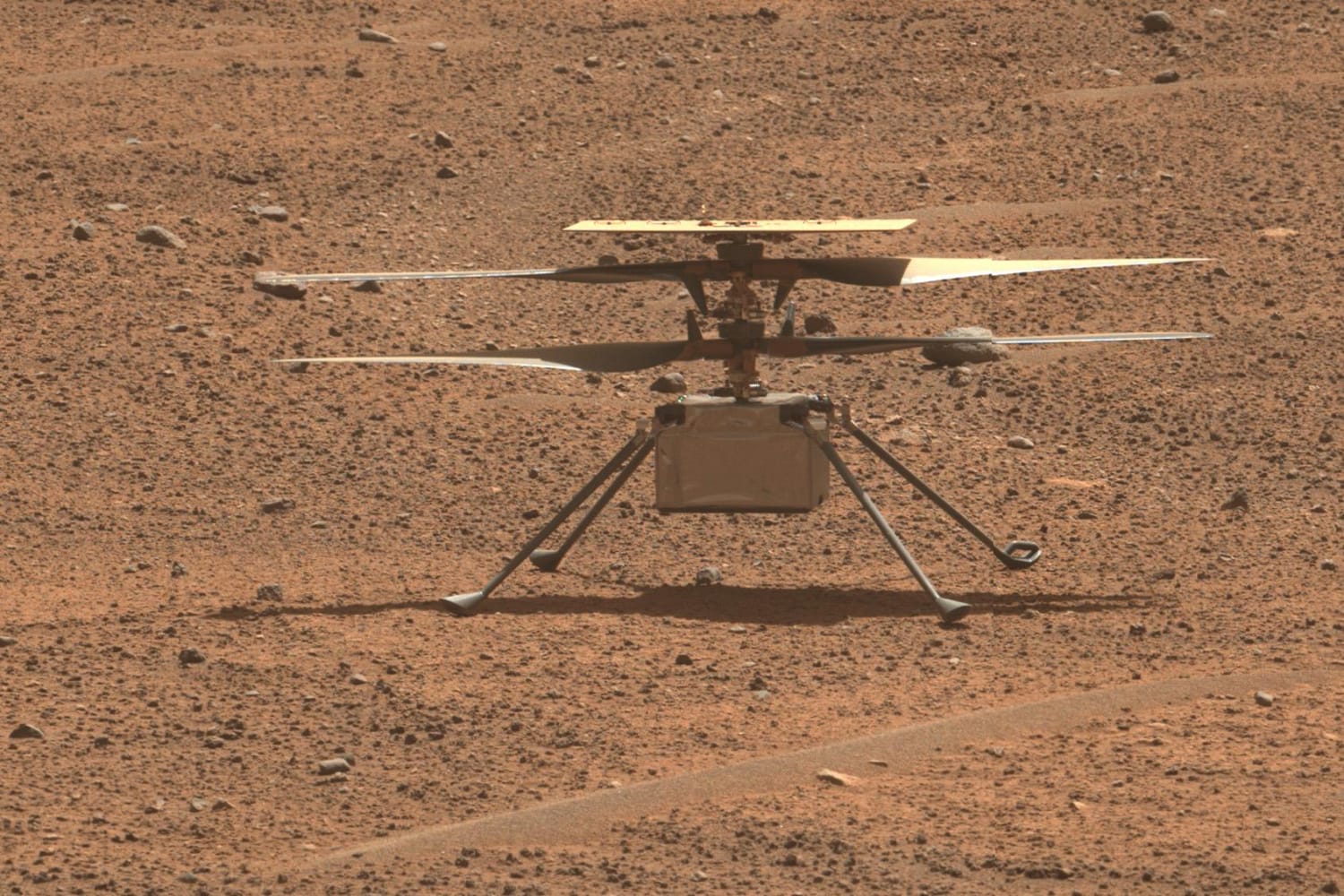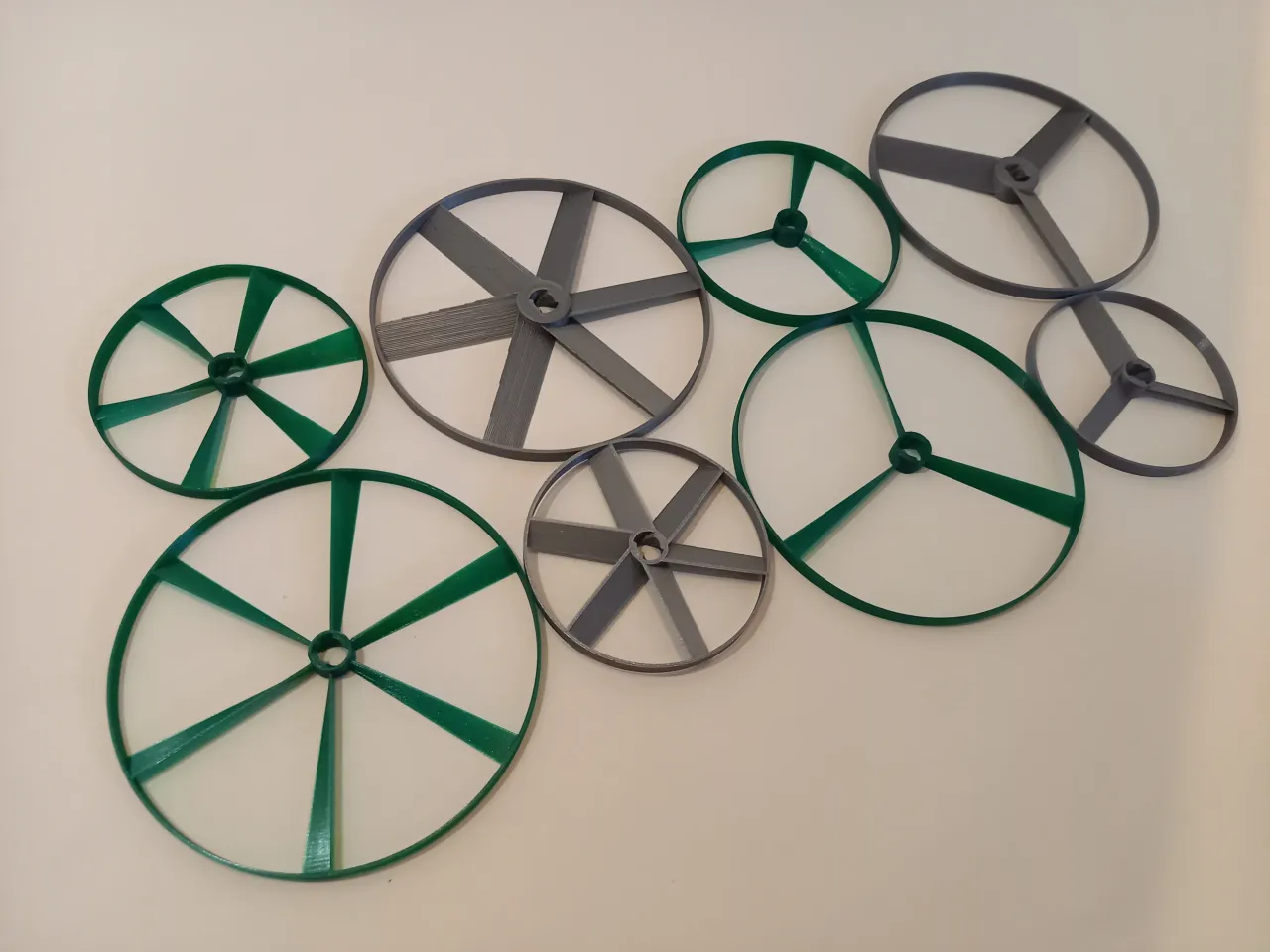Starting a new thread Mangalyaan -2
Mangalyaan-2 unveiled: India poised be become third nation to land on Mars
India's renowned space agency, the Indian Space Research Organisation (Isro), is on the verge of a historic milestone: a mission to land a rover and helicopter on Mars. This ambitious endeavour, a feat so far accomplished only by the US and China, aims to firmly establish India's place as a significant player in the realm of space exploration.
The details about the upcoming ambitious project by Isro, named Mangalyaan-2, were made public during a presentation on National Technology Day at the Space Application Centre.
The groundbreaking mission will be blasted off from the surface using India's heaviest rocket developed by Isro yet – the Launch Vehicle Mark-III (LVM3).
Grand entrance on Mars
Bid farewell to conventional methods like airbags and ramps. Isro's rover is set to make its grand entrance on Mars with flair, courtesy of an advanced sky crane. Drawing inspiration from Nasa's triumphant Perseverance rover landing, this innovative system will delicately lower the rover onto the Martian terrain, ensuring a secure and precise touchdown even amidst challenging landscapes.
Additionally, to navigate the fiery descent through the Martian atmosphere, Isro is developing a supersonic parachute – a pivotal component for the success of this daring mission.
Taking flight on Mars with a special helicopter
The piece de resistance may very well be the helicopter engineered by Isro for this mission. Indian engineers are currently engrossed in crafting this rotorcraft specifically tailored to manoeuvre through the thin Martian atmosphere. This cutting-edge marvel will be equipped with a suite of scientific instruments, including the "MarBLE" (Martian Boundary Layer Explorer), which will conduct in-depth studies of the Martian atmosphere during its 100-metre flights.
Ensuring connectivity with a relay satellite
Isro plans to launch a relay communication satellite to ensure continuous communication with the rover and helicopter traversing Mars' surface, prior to the mission. Serving as a vital link between Mars and Earth, this relay satellite will ensure a steady flow of data and mission control.
With the formidable Launch Vehicle Mark-III (LVM3) propelling the mission towards Mars, Isro's second attempt promises to be a marvel of technological prowess. This ambitious undertaking not only showcases India's growing capabilities in space exploration but also lays the groundwork for further exploration of our celestial neighbour.
India was the first Asian nation to reach the Martian orbit – and in its first attempt. Recent ambitious missions to the moon and mars have propelled the country among the top spacefaring nations in the world.








